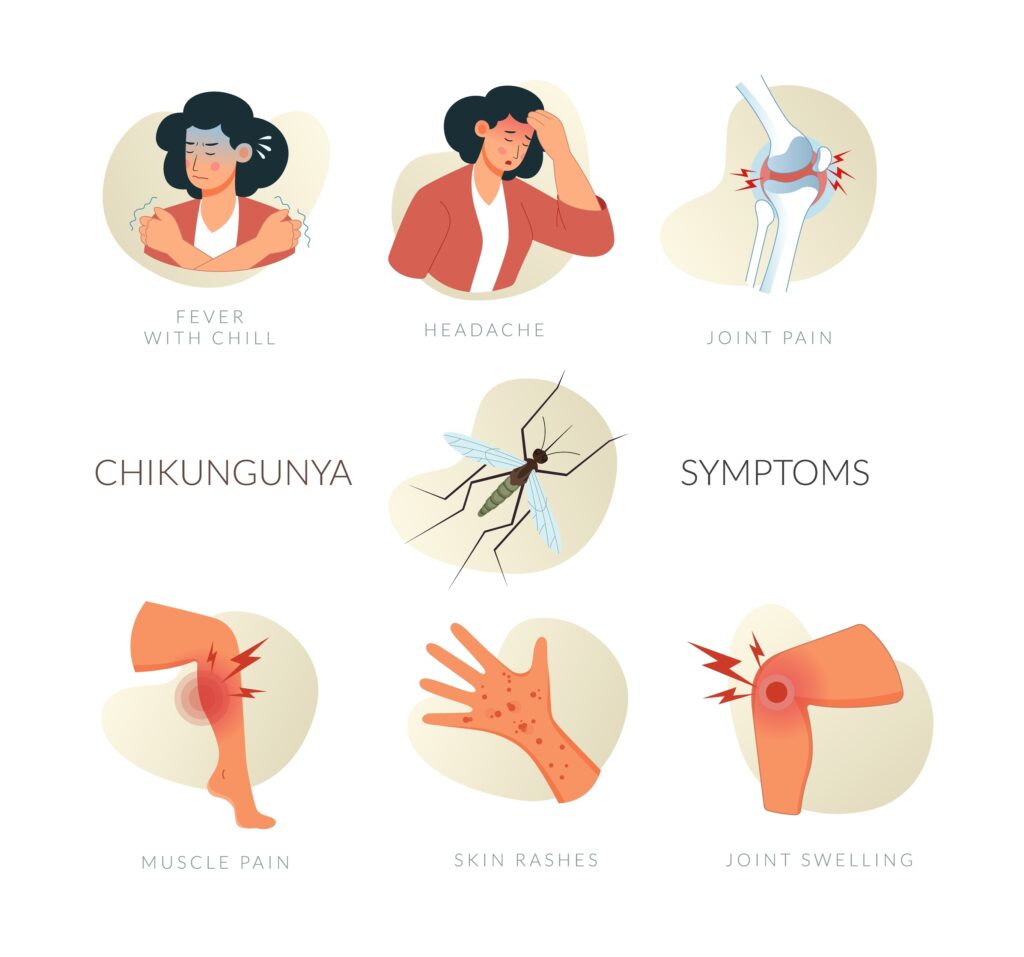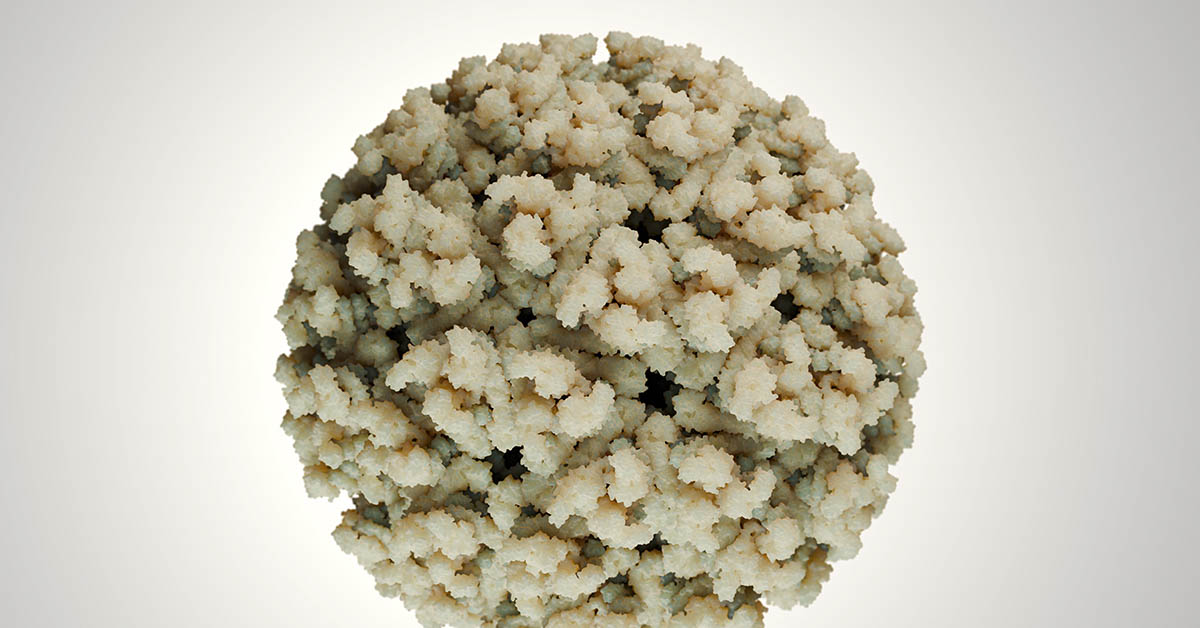Over 7,000 people have caught the chikungunya virus in Guangdong province since mid-June, spreading to 13 cities across one of China’s most crowded regions. Monsoon flooding left standing water everywhere, creating perfect breeding conditions for the mosquitoes that carry this disease.

The crisis quickly caught international attention as the outbreak peaked in late July when nearly 3,000 people fell ill. Infections now seem to be slowing, with disease control authorities reporting “a downward trend in newly reported cases across the province.”
Hong Kong reported its first case in six years after a 12-year-old boy visited Foshan and returned home infected. The U.S. Centers for Disease Control responded by issuing a travel advisory, warning Americans to take extra precautions in Guangdong province.
What Is Chikungunya
Chikungunya spreads through bites from infected mosquitoes, the same species that transmit dengue fever and Zika virus. The chikungunya symptoms typically develop within a week and include fever, rash, joint pain, and fatigue. Joint pain can linger for months or years, creating chronic arthritis.
Newborns, older adults, and people with heart conditions experience more severe illness. While rarely fatal, no vaccine or cure exists. Treatment focuses on managing symptoms. Since the virus doesn’t spread between people, controlling mosquitoes remains the only way to stop outbreaks.
The disease first appeared in Tanzania in 1952 and has since spread to over 110 countries across Africa, Asia, Europe, and the Americas. Its name comes from a Makonde word meaning “to become contorted,” describing the bent posture that severe joint pain causes.
Outbreak Concentrates in Major Cities
Foshan sits at the center with more than 5,000 confirmed cases by early August. Officials there raised the public health response to Level III, a moderate emergency level in China’s four-tier system, and require patients to stay in hospitals under mosquito nets for seven days.
Urban conditions favor mosquito breeding. Standing water creates perfect breeding grounds where the virus spreads easily. Similar conditions have allowed the spread to Guangzhou and smaller towns across the region.
Travel might spread the disease to rural areas where medical care is harder to find. Health authorities call this Guangdong’s worst mosquito-borne outbreak in years, made more difficult because healthcare workers lack experience with chikungunya. Though most cases remain mild, this inexperience has slowed diagnosis and response.
Government Launches Massive Response
Vice Premier Liu Guozhong visited the hard-hit Shunde district last week to boost prevention work. The government held a national conference calling for action to safeguard public health.

Hospitals now test people showing symptoms for the chikungunya virus, admitting positive cases under mosquito nets to prevent transmission. Authorities have set up over 7,000 mosquito-proof isolation beds across treatment centers.
Meanwhile, enforcement teams target breeding sites throughout affected areas. Residents face fines up to 10,000 yuan for leaving standing water in buckets, containers, or equipment. Door-to-door checks monitor violations and raise awareness.
Officials have also tried creative biological solutions. Thousands of fish that consume mosquito larvae now populate rivers and ponds. They’ve introduced elephant mosquitoes that feed on larvae from other species but don’t bite humans. Drones scan rooftops and abandoned buildings for hidden water sources. Teams also work to eliminate mosquito breeding sites within 100 meters of where patients live.
Global Context and Prevention
China’s outbreak is part of a global chikungunya surge. The European Centre for Disease Prevention and Control reports approximately 240,000 cases and 90 deaths across 16 countries in 2025, with major outbreaks in Bolivia, Kenya, Sri Lanka, and the Indian Ocean islands.
Scientists analyzed virus genetics from 190 Chinese cases and found they match a strain from Central and East Africa. This genetic testing helps authorities understand how the virus arrived and spread through Guangdong province.
Two chikungunya vaccines are now available in the United States for travelers. VIMKUNYA can be given to people 12 years and older, while IXCHIQ works for adults 18 and older, though doctors don’t recommend it for people over 60 because of potential heart and brain side effects.
Public Reaction Mixed on Strict Measures
Strict enforcement measures remind some residents of COVID lockdowns, sparking social media comparisons to pandemic restrictions. Many question such strong action against a mosquito-borne illness, though others support the steps to avoid lasting joint pain.
Most Chinese people are encountering the chikungunya virus for the first time, making prevention efforts harder to support due to limited public knowledge about mosquito-borne diseases. Emergency rooms see more people with mild symptoms requesting tests, adding hospital pressure while showing growing awareness.
The disease has crossed borders into Hong Kong and Macau, with Macau reporting its first locally transmitted case in 2025 along with six travel-related cases.
Current Trends and Challenges
New locally transmitted cases have declined over the past week, though authorities warn that risks remain. Fall weather may extend the outbreak since Guangdong’s warm climate keeps mosquito populations active. Torrential rains brought some of the heaviest August precipitation this century to Guangzhou, threatening to reverse progress just as the outbreak showed signs of decline.
Beijing has allocated over 1 billion yuan in disaster relief as flooding worsens the health crisis. The World Health Organization says removing mosquito breeding sites offers the best control method. Any container holding water for more than a few days needs clearing or treatment.
China is learning from India and Brazil, where poor drainage and weak mosquito control allowed the spread in similar conditions. Success depends on sustained government action, public cooperation, and clear information about how the virus spreads and how to prevent it.
Future Preparedness Needs
This chikungunya virus outbreak caught China off guard, but officials responded with everything from high-tech drones to thousands of mosquito-eating fish. The flooding made everything worse by creating perfect breeding conditions everywhere. It’s the kind of problem that could happen anywhere mosquitoes thrive when the weather cooperates.
Read More: Scientists Warn New Virus in Chinese Bats Could Be Close to Causing a Pandemic

